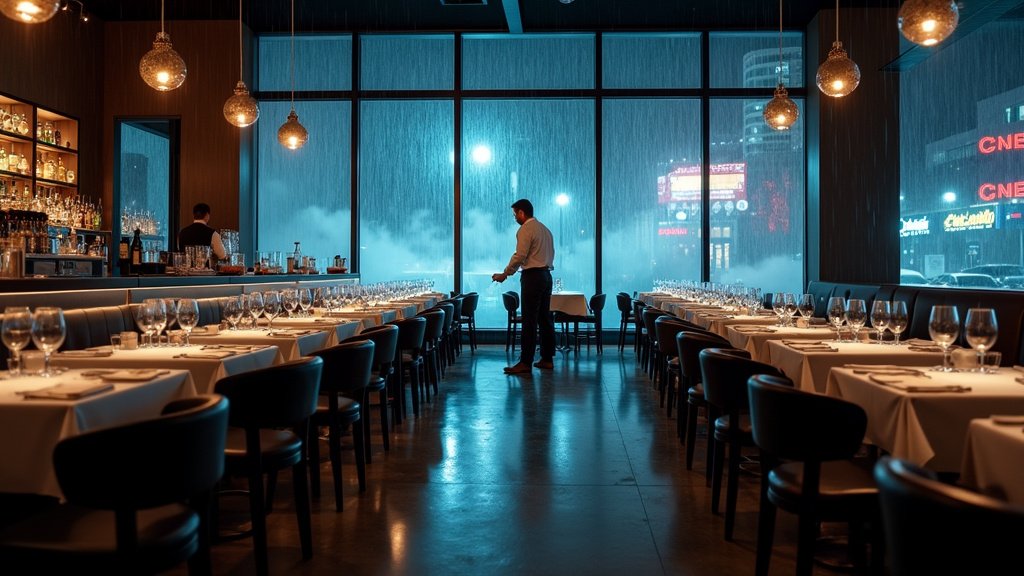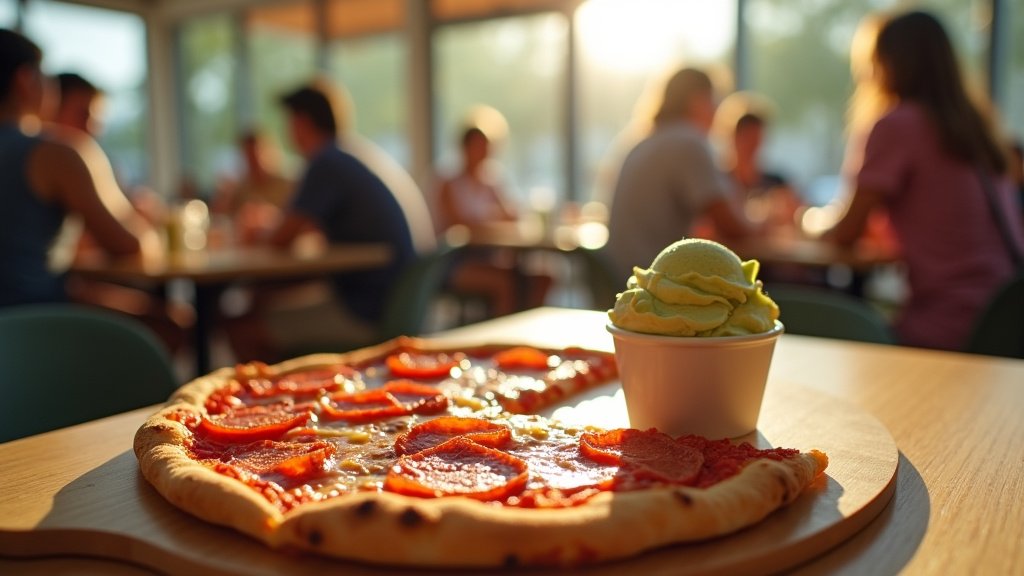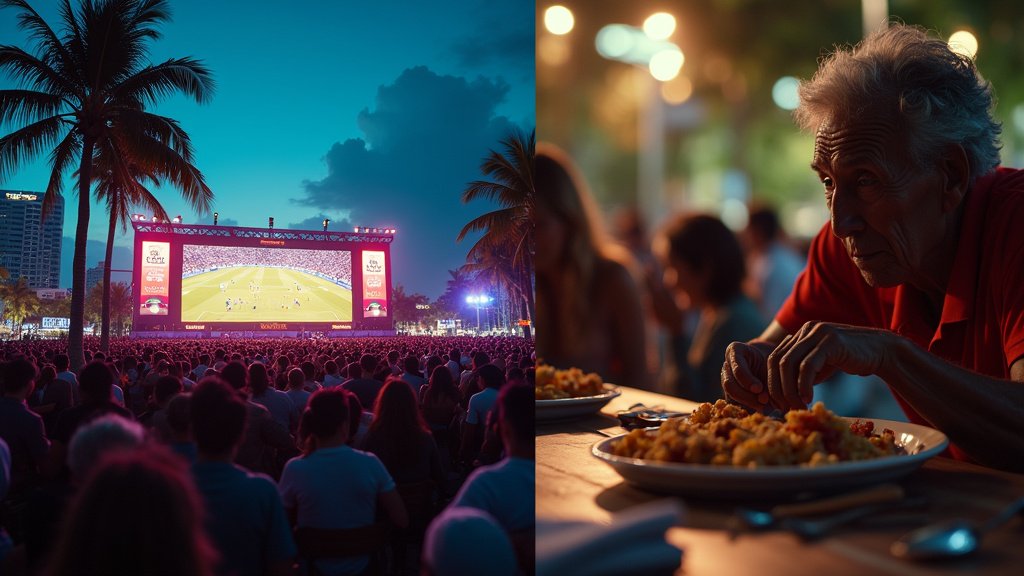Miami’s restaurant industry is grappling with what industry professionals are calling the most challenging summer season in recent memory, marked by extreme heat, frequent thunderstorms, and a noticeable decline in tourist activity. These combined factors have led to a reduction in reservations, decreased foot traffic, and, consequently, an increasing number of restaurant closures across the city. Even establishments not typically reliant on tourist trade are feeling the pinch. The situation is further complicated by a market that many believe is oversaturated, particularly following the influx of new restaurateurs, a trend that accelerated after the arrival of the Michelin Guide in 2022. Economic pressures, including escalating costs of food supplies, insurance premiums, and rent, alongside the impact of unforeseen tariffs, have exacerbated the difficulties faced by Miami’s culinary businesses.
Impact on Business Operations
The downturn is impacting establishments across various neighborhoods and dining segments. Kevin Rusk, who owns and operates Titanic Brewery & Restaurant in Coral Gables, expressed the widespread sentiment, stating, “This is the toughest summer we’ve seen.” His observation underscores the severity of the situation, reflecting a reality of decreased revenue and heightened operational challenges. Janice Buraschi, co-owner of Pasta in Wynwood, corroborated the observations, highlighting the absence of pedestrian traffic, an important source of spontaneous business, particularly in areas known for their vibrant street life and tourism.
Decline in Revenue
The decrease in customer volume is translating directly into financial strain. Eileen Andrade, chef and owner of Finka Table & Tap in West Kendall, indicated a 20 to 25 percent decrease in business compared to the previous summer. This reduction highlights the significant impact of the current circumstances on the financial viability of restaurants. The decrease indicates that a substantial portion of the business owners are struggling to maintain their operating margins. The combined effect of reduced revenue and increased costs is a threat to the survival of many establishments.
Market Saturation
The Miami restaurant market has become increasingly competitive in recent years, contributing to the difficulties. The influx of new restaurants, particularly after the Michelin Guide’s presence, has increased supply, potentially outstripping demand during the traditionally slower summer months. This surge in the number of restaurants has intensified competition, with each establishment vying for a share of a reduced customer base. The arrival of new eateries, often backed by well-funded investors, has changed the restaurant landscape, causing local businesses to face additional challenges.
Economic Pressures
Beyond the impact of weather and tourism, economic factors are imposing added strains. Rising costs for essential items, such as food supplies, are diminishing profit margins. Increased insurance premiums, a common trend in the hospitality sector, are adding to operational expenses. Rent, a significant fixed cost for restaurants, has also increased in many areas, putting additional pressure on profitability. Furthermore, unexpected tariffs are affecting the prices of imported ingredients and supplies, thereby impacting the bottom line of many establishments. These expenses create a difficult environment for restaurants.
Historical Context
Restaurateurs are comparing the present situation to past periods of economic prosperity. Restaurateur Alvaro Perez, who owns Hiyakawa, Midorie, and the Michelin-starred omakase spot Ogawa, recalled that 2021 was the best year, with restaurants packed all summer. This contrast highlights the substantial change in operating conditions over a short period, and underscores the depth of the current crisis. The memory of past successes provides a stark contrast to the difficulties encountered this summer, suggesting the severity of the current circumstances.
Potential Outcomes
Given the combination of factors, the restaurant industry faces an uncertain future. Restaurant closures are likely to continue, potentially reshaping the culinary landscape of Miami. Remaining establishments will likely have to adjust their business models. They may offer special promotions, streamline operations, or seek innovative strategies to attract customers and manage costs. The long-term impact on the local economy and the city’s reputation as a culinary destination is a significant concern.
Adapting to the Challenges
Restaurants are considering various methods to adapt to the challenges. Some owners are focused on building loyalty with local customers, while others are exploring strategies to manage operational costs. Increased use of online ordering, delivery services, and targeted advertising is another area of focus. The need to provide an enhanced dining experience that justifies the cost is also recognized. The success of these efforts will determine the survival of establishments.





